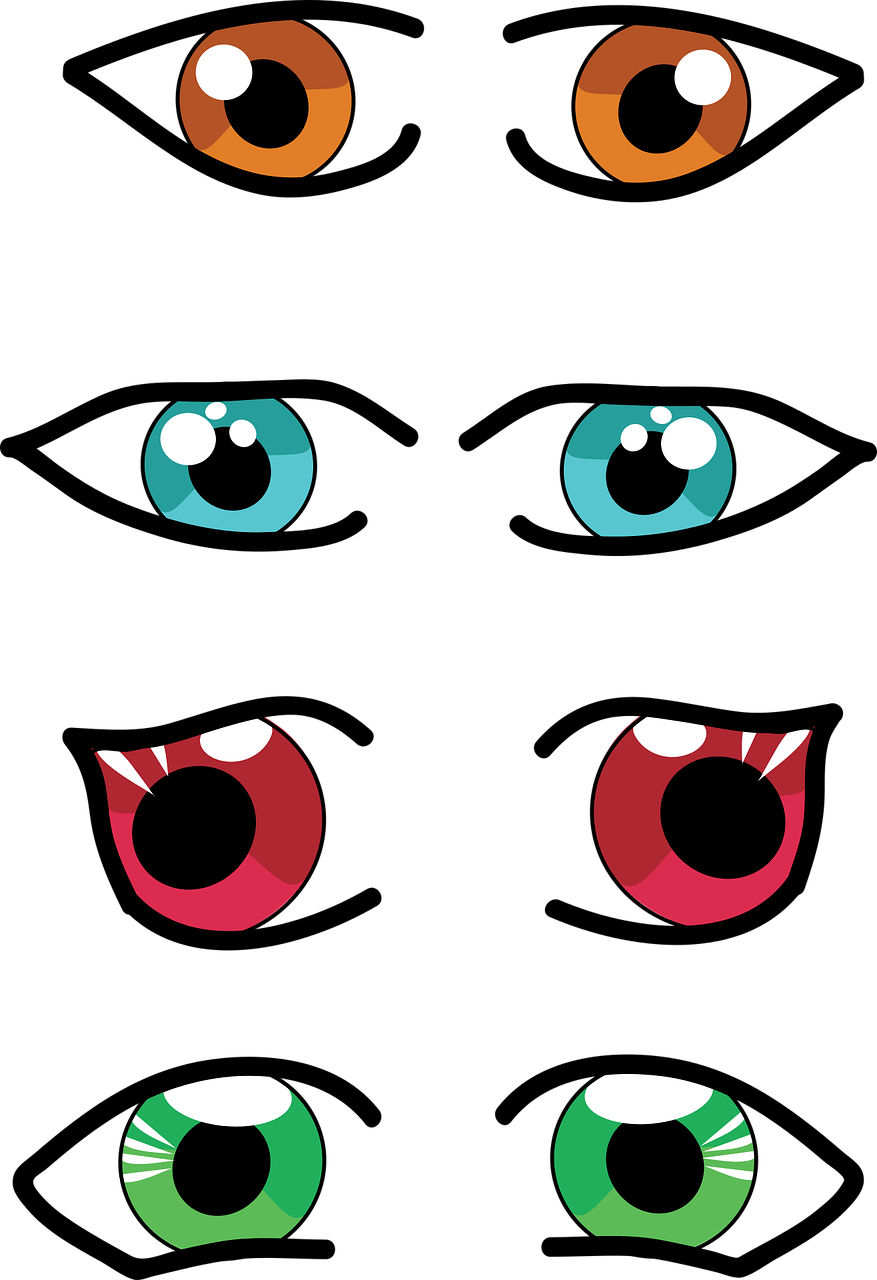
Millions of people worldwide wear contact lenses, but a recent pilot study has revealed that these lenses may shed microplastics when exposed to sunlight for extended periods. Researchers from the universities of Nanjing and Hohai developed an automated system to determine the amount of microplastics in contact lenses. By taking microscopic images of the lenses, processing them, and quantifying any microplastics present, the researchers found that lenses exposed to sunlight can release tiny fragments of plastic. However, the impact on human health remains unclear.
To conduct their study, the researchers collected six different types of contact lenses from various brands with different lifespans. The lenses were stored in water and placed under a lamp that simulated sunlight. They were also rinsed with water three times every 10 hours to mimic normal wear and care. After receiving the equivalent of 30 or 90 days of sunlight exposure, the water in which each lens was stored was analyzed.
The team discovered that their new automated system provided quicker and more accurate analyses compared to manual methods when testing for standard amounts of microplastics. No microplastics were detected in the absence of simulated sunlight. However, when the lenses were exposed to the equivalent of 90 days of sunlight, increasing amounts of shed microplastics were observed. Lenses with shorter lifespans exhibited the highest levels of microplastic shedding after this exposure.
Based on their data from this small-scale study, the researchers estimate that certain lenses could shed over 90,000 microplastic particles per year if worn for 10 hours a day. Although the direct impact of microplastic exposure to the eyes on human health is currently unknown, the researchers emphasize the urgent need for further studies in this area.

